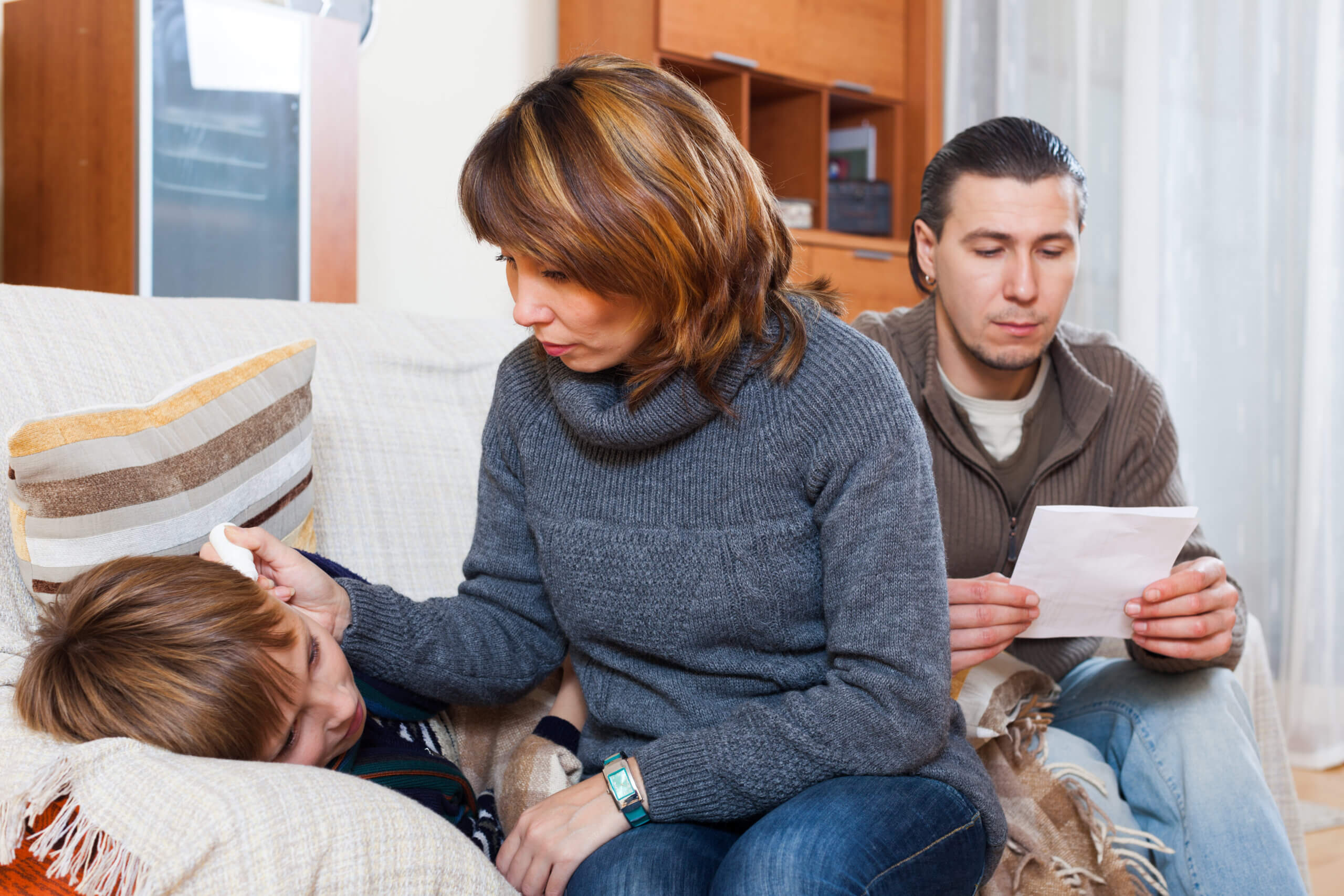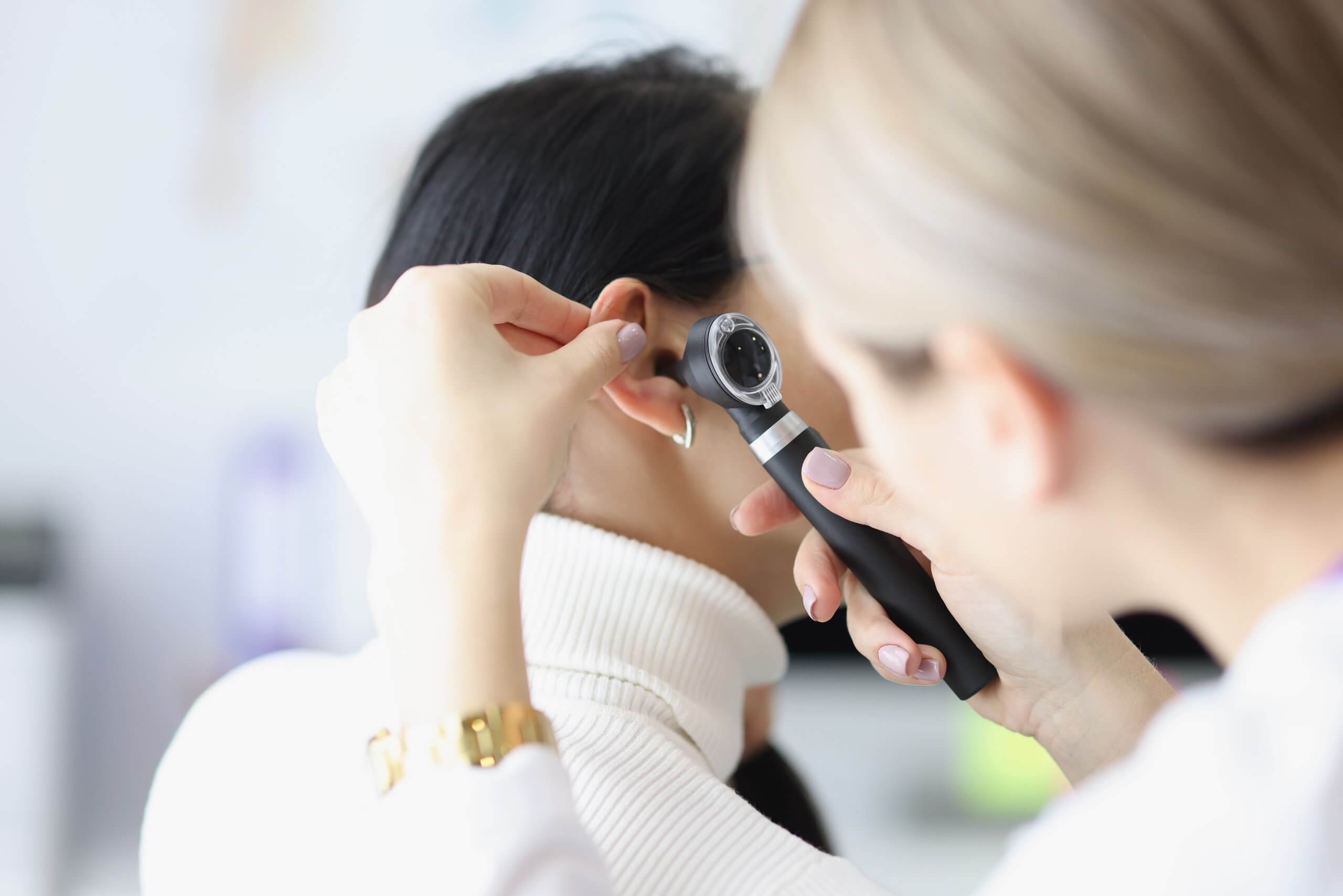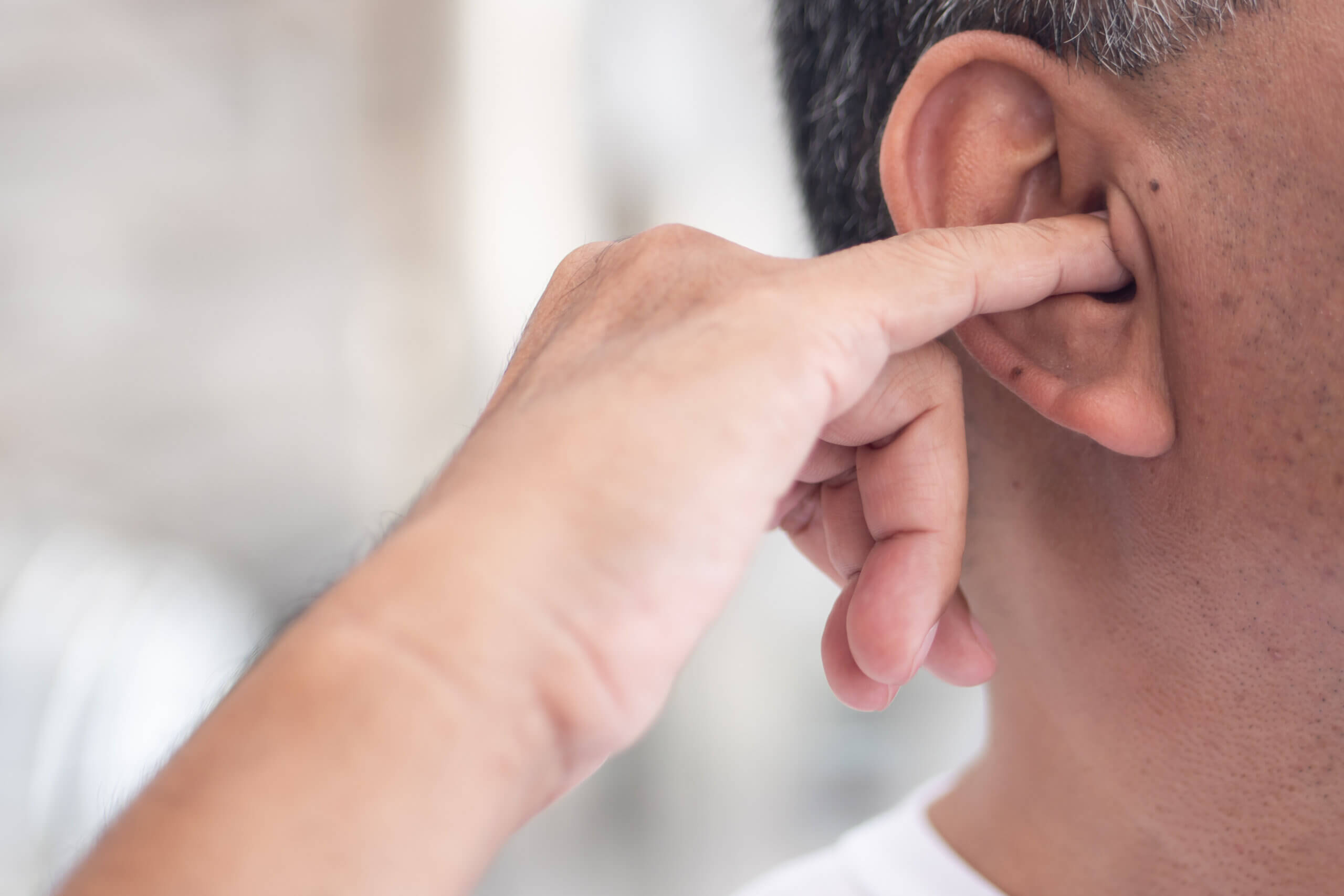Our ears are complex organs, playing a pivotal role in both hearing and maintaining balance. Divided into three main sections—outer, middle, and inner ear—each has a unique function in the process of hearing. From the Pinna capturing sound waves and sending them vibrating through the eardrum, to the tiny bones called ossicles in the middle ear and the cochlea’s intricate processes in the inner ear, our hearing system is a marvel of biology.
Yet, even this well-designed system has its vulnerabilities. Earwax, though essential for keeping our ears clean and germ-free, can sometimes accumulate and cause blockages. This build-up might lead to symptoms like hearing loss, earache, and dizziness.
While the instinct might be to grab a cotton bud, think again! Such actions can push the wax deeper and exacerbate the problem. Instead, professional solutions, like the Earwax Removal Clinic at VSM Pharmacy, offer safer, more effective treatments. Using the state-of-the-art Tympa system, the clinic provides a comprehensive hearing healthcare assessment, including digital otoscopy and micro-suction earwax removal.
Curious about how it all works and if it’s right for you? Dive into our detailed guide on the ear’s anatomy, the role of earwax, and how to best manage any build-ups.
Our ears help us to hear and are also important for balance. The ear has three parts, the outer ear, the middle ear, and the inner ear. Sometimes our ears can become blocked with earwax and that can be painful.
The Outer Ear
The external part of the ear which you can see is the Pinna. The pinna is where the sound waves gather before travelling down to the eardrum. In the eardrum, the sounds vibrate.
The Middle Ear
The middle ear lies behind the eardrum. It is a space full of air with tiny bones that stretch from the eardrum to the cochlea in the inner ear. The tiny bones are ossicles. When sounds vibrate in the eardrum the ossicles move backwards and forwards. Then sound waves pass into the inner ear.
You also have a tube at the back of your nose. This connects to the middle ear, and this is the Eustachian tube. Air enters the middle ear when the Eustachian tube opens. This happens when you blow your nose, swallow, or yawn.
The Inner Ear
The inner ear consists of the cochlea and the vestibular system. The cochlea is responsible for hearing and the vestibular system is responsible for balance.
The Cochlea
The cochlea enables you to distinguish one sound from another. It is a chamber which looks like a shell, and it is filled with fluid and lined with hair cells.
The hair cells trigger electrical signals in the hearing nerve. The hearing nerve then sends the signals to the brain. The brain makes sure you know what the different sounds are, for example, someone shouting or the sound of breaking glass.
The Vestibular System
This system is also fluid filled with three small chambers and sensory cells. The fluid inside the chambers moves when you move your head. The sensory cells send signals to your brain, and it is the brain that is responsible for body movement and head position and helps to keep you balanced.
What is Earwax?
Earwax is a mixture of oily secretions, hair, and dead skin cells. It is produced inside your ears so that they stay clean and germ-free. Sometimes though earwax builds up in the ears and causes a blockage.
Why Does Earwax Build Up?
There are several reasons which include:
- A damaged or narrow ear canal
- Having lots of hairs in your ear canal
- Because of a skin condition around your ears
- An inflamed ear canal (Otis external)
How Do I Know If I Have Blocked Ears?
You might experience hearing loss in one or both ears. Sometimes you’ll get an earache, and you’ll hear a ringing or buzzing sensation. Another symptom is feeling dizzy and sick.
What Shouldn’t I Do?
Don’t use cotton buds or other objects to try and remove earwax. This is because you might push the wax further into the ear and this will cause more problems.
Can My Pharmacy Help?
Yes. You can ask if your pharmacist has an Earwax Removal Clinic. VSM Pharmacy runs a daily clinic from Monday to Friday.
What Will They Do At The Pharmacy?
VSM will be using the new Tympa system which is an all-in-one hearing healthcare assessment. First of all, you’ll have a digital otoscopy which is a camera which enables the pharmacist to see inside your ear canal.
If your pharmacist can see your ears are blocked with wax, then they can remove it using micro-suction (that’s sucking out the wax). This is a fast, painless treatment.
The Pharmacy can also use the Tympa system to check your hearing, so if you feel your hearing isn’t as it should be VSM Pharmacy can have a look for you.
If the pharmacist finds something that needs looking at by a ENT specialist, they can send the images and videos digitally.
If you would like to know more about VSM Pharmacy’s Earwax Removal Clinic, ask at the pharmacy or visit the service page. We’ll answer your questions and give you more information.




